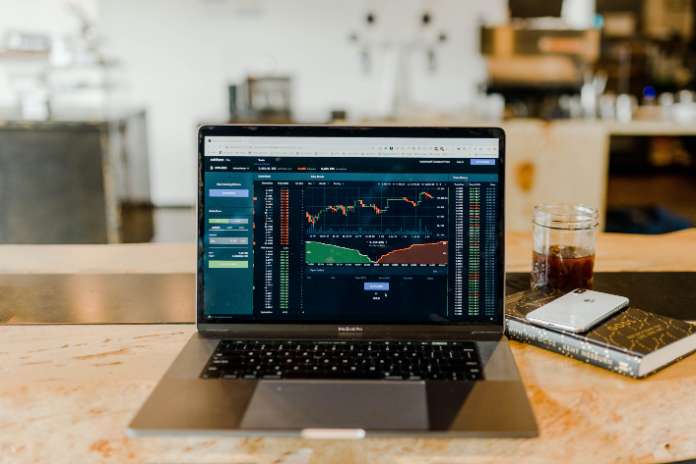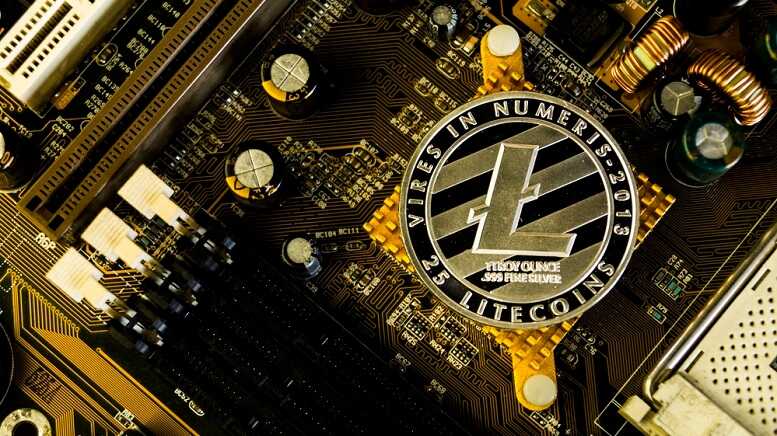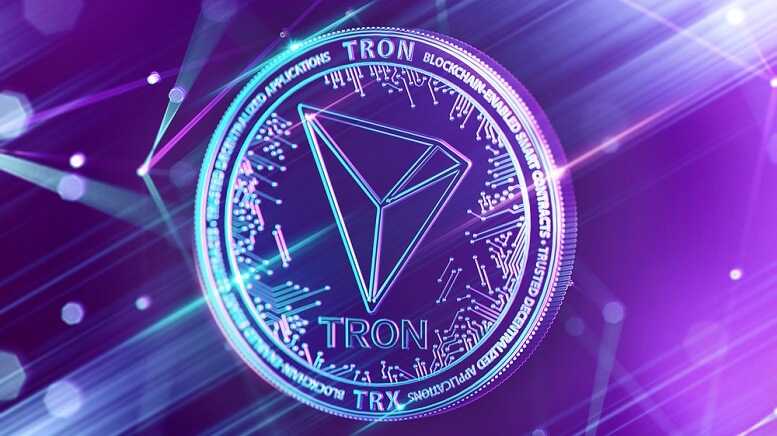Bitcoin Price Levels to Watch Amid Search for Catalyst

Bitcoin, the flagship cryptocurrency, is navigating through a critical phase as it searches for new catalysts to drive its price momentum. Several key levels need to be watched closely as they could dictate the future price action of Bitcoin. Analysts are paying particular attention to the $30,000 support level and the $40,000 resistance level.
Bitcoin’s price has been relatively stable over the past few weeks, hovering around the $35,000 mark. However, this stability might be short-lived as the market looks for new factors to influence its direction. One such potential catalyst is institutional investment. Over the past year, we have seen a significant increase in institutional interest, with companies such as MicroStrategy (NASDAQ:MSTR) and Tesla (NASDAQ:TSLA) making substantial Bitcoin purchases.
Another critical factor to consider is regulatory news. Any updates from major economies regarding the regulation of cryptocurrencies can have a profound impact on Bitcoin’s price. For instance, China’s crackdown on Bitcoin mining had a notable effect on the market earlier this year. Conversely, positive regulatory news, such as the approval of a Bitcoin ETF in the United States, could trigger a bullish run.
Technical analysis also plays a vital role in understanding Bitcoin’s price movements. The 200-day moving average, currently at around $37,500, is a significant technical indicator. If Bitcoin manages to break above this level, it could signal a bullish trend. On the flip side, a drop below the $30,000 support level could lead to further declines.
Market sentiment and macroeconomic factors are additional elements that traders should keep an eye on. The overall market sentiment can be gauged through the Fear & Greed Index, which currently shows a neutral outlook. However, this can change rapidly based on news and developments in the broader financial markets.
In conclusion, Bitcoin’s price is at a crossroads, with several key levels and potential catalysts in play. Investors and traders should remain vigilant and informed about these factors to navigate the volatile cryptocurrency market successfully.
Featured Image: Unplash @ austindistel



